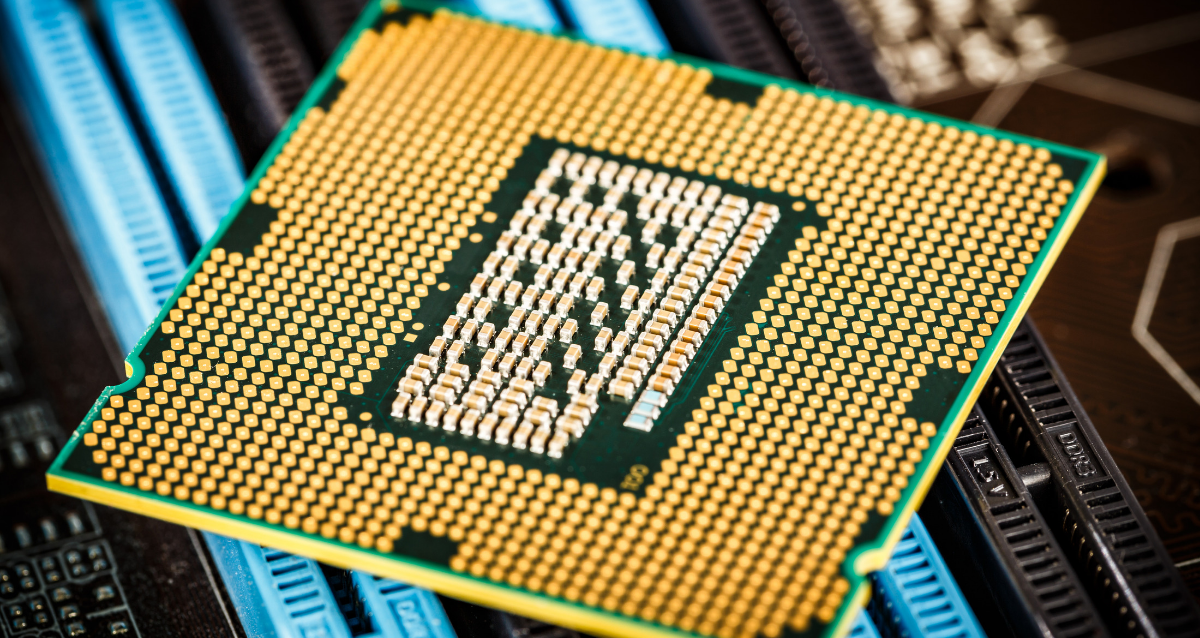At Apple’s Worldwide Developers Conference (WWDC), hosted on June 22 – 26, the company announced a major change in the tech industry. Apple is designing an ARM-based chip for future Mac computers to replace the Intel processors currently used. This tech revolution will be called Apple Silicon and is based on the platform that runs the current iPhone, iPad, and Apple Watch platforms.
So, what is the reason for this processor transition?
The Big Deal
Transitioning to Apple Silicon will have several benefits for the company and its users. By running a processor explicitly created for Apple product universality, Apple claims that Mac users will see improved performance and significantly more capabilities. This change will enable Apple to better support its custom technologies with a common processor design across all of its products and have complete control over the technology infrastructure.
App Translation & Transition
Compatibility is the most significant factor in a processor transition. Apple has two translation engines, Universal 2 and Rosetta 2, which are keys to this move. Universal 2 is a binary that combines both sets of code for Intel processor apps and Mac processor apps into a single file for a “universal” app. Rosetta 2 will enable most existing Intel-based apps to run in Mac with Apple silicon. The goal is for this transition to be so seamless that users won’t notice the translation running or impacting performance. Developers will be able to switch iOS and iPadOS apps over to macOS without any modifications and without needing to write two different apps for the same program.
Another benefit is that iPhone and iPad apps previously not compatible with Apple computers can now run natively on Macs. With this integration of millions of new apps, Mac is expected to become the industry’s largest gaming platform.
Security Concerns
By adding Macs to the iPhone and iPad chipset, Apple has opened itself up to some significant security concerns. Because there will be an increased number of new devices in the same ecosystem, it becomes a more appealing target for cybercriminals. Although Apple is incorporating more built-in security protections, it may be only a matter of time before the emergence of a deadly Apple platform malware.
Going Forward
What about Intel? Apple claims it will still produce Intel-based Macs for the time being, but did not indicate how long. This creates a possibility for fairly new Intel-based Macs to be ineligible for software updates, which could cause issues for the efficiency of the computer.
Apple is still in the design phase with Apple silicon for Macs, and the entire transition is expected to take about two years. Ultimately, this operation will push the Apple brand forward, giving them more control over their products and lowering supply chain costs.
Apple claims that Mac users can expect more performance and fewer power demands with the introduction of Apple silicon for these computers, offering the best of both a notebook and a desktop. How well will these claims hold up? Only time will tell. As for the next steps, Apple says that the first of these Macs will ship before the end of 2020.
In the world of technology, Sawyer Solutions understands the importance of staying informed and continually striving to serve our customers better. Regardless of the processor you use – it is vital to keep your system secure.
Visit our services page to see how we can partner with you and your business!
